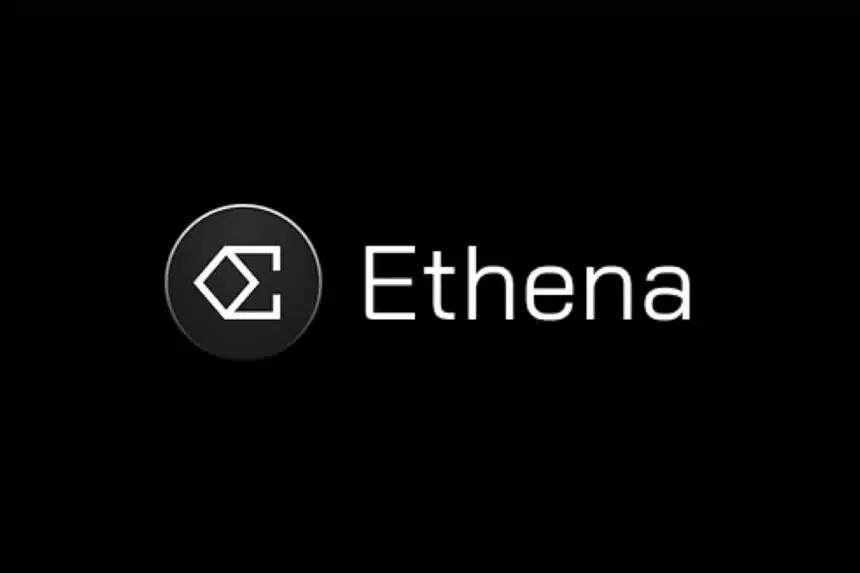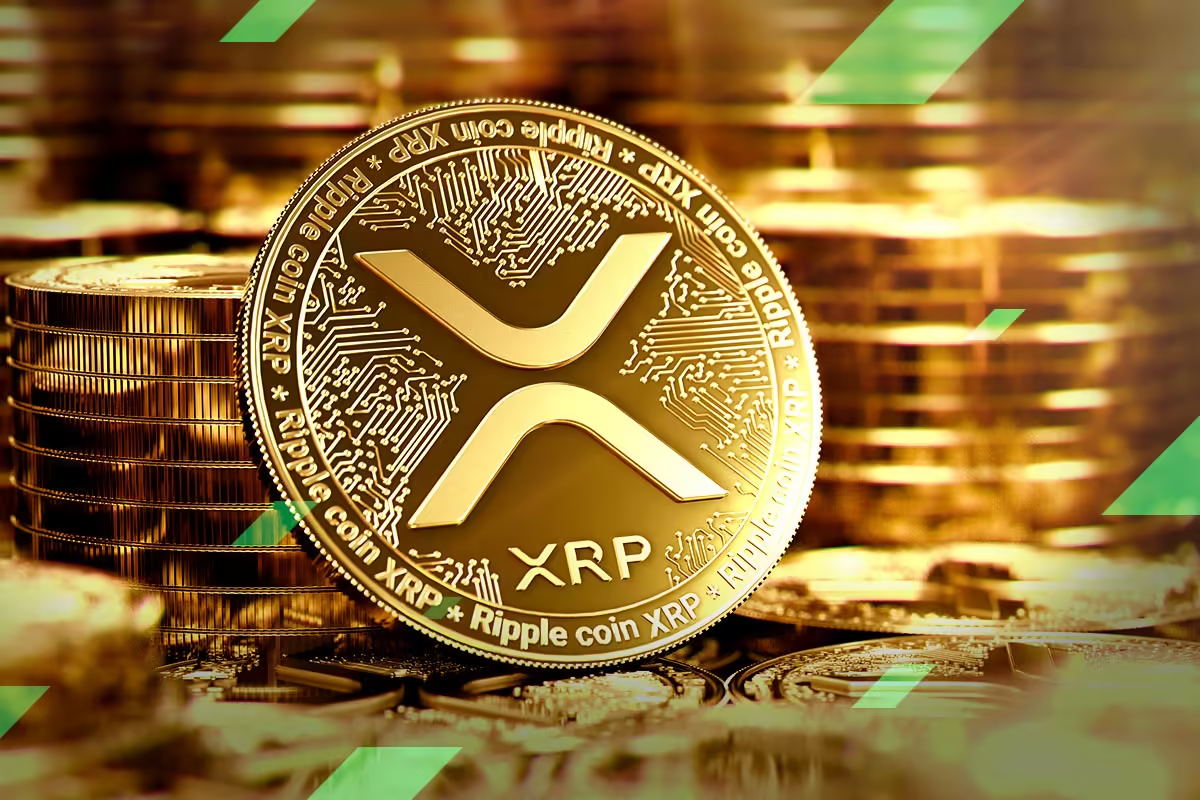|
Getting your Trinity Audio player ready...
|
In a significant move for the cryptocurrency investment landscape, Grayscale Investments has filed with the U.S. Securities and Exchange Commission (SEC) to convert its $520 million Digital Large Cap Fund into an exchange-traded fund (ETF). This request, submitted through the New York Stock Exchange (NYSE) on October 14, is part of a 19b-4 filing that aims to alter existing SEC rules to facilitate the listing of this new ETF.
Understanding Grayscale’s Digital Large Cap Fund
Grayscale’s Digital Large Cap Fund, managing just over $524 million in assets, is heavily weighted towards Bitcoin, with a substantial 76% allocation. The fund also invests 18% in Ethereum and distributes the remaining funds across Solana, XRP, and Avalanche. This diversified approach aims to capitalize on the growth potential of leading cryptocurrencies while providing investors with a managed exposure to the digital asset space.
The Impact of a Spot ETF Conversion
The conversion to a spot ETF is particularly noteworthy. Unlike traditional trusts that depend on futures contracts, spot ETFs hold the underlying assets directly on their balance sheets. This structural difference simplifies the buying and selling process for investors, potentially enhancing market liquidity. The SEC’s recent shift in stance on crypto ETFs, following a pivotal court ruling in August that favored Grayscale, has opened the door for this application.
Earlier this year, Grayscale successfully transitioned its Grayscale Bitcoin Trust (GBTC) and Grayscale Ethereum Trust (ETHE) into ETFs, marking a turning point in the regulatory landscape. This momentum adds weight to Grayscale’s latest filing, which reflects rule changes proposed by the NYSE to accommodate the listing of its new ETF.
Investor Response and Market Dynamics
However, the transition to ETFs has not been without its challenges. Following the conversion of GBTC, investors witnessed a dramatic shift in the fund’s discount to net asset value (NAV). Prior to the conversion, shares of GBTC traded at a staggering 44% discount compared to spot Bitcoin prices. This discrepancy provided an opportunity for savvy investors to cash out during the transition, leading to a significant outflow of funds. Grayscale’s Bitcoin fund has experienced $21 billion in outflows since its conversion in January, while the Ethereum ETF has seen $3 billion in outflows since July.
In a bid to expand its offerings, Grayscale has been actively considering additional cryptocurrencies for future investment products. On October 10, the firm announced the addition of 35 altcoins to its “under consideration” list, including popular assets like Dogecoin, Worldcoin, and Jupiter. This strategy aligns with Grayscale’s recent trend of launching new crypto funds approximately every month, with notable introductions such as an Aave investment fund on October 3 and an XRP Trust on September 12.
As Grayscale pushes forward with its ETF ambitions, the move to convert its Digital Large Cap Fund into an ETF could signal a new era for cryptocurrency investments. With the SEC’s evolving stance and growing investor interest, this potential ETF could pave the way for more retail participation in the crypto market, enhancing accessibility and liquidity. Investors and market watchers alike will be keenly observing how this develops, as it could redefine the landscape of digital asset management in the coming months.
Disclaimer: The information in this article is for general purposes only and does not constitute financial advice. The author’s views are personal and may not reflect the views of Chain Affairs. Before making any investment decisions, you should always conduct your own research. Chain Affairs is not responsible for any financial losses.
With a keen eye on the latest trends and developments in the crypto space, I’m dedicated to providing readers with unbiased and insightful coverage of the market. My goal is to help people understand the nuances of cryptocurrencies and make sound investment decisions. I believe that crypto has the potential to revolutionize the way we think about money and finance, and I’m excited to be a part of this unfolding story.




